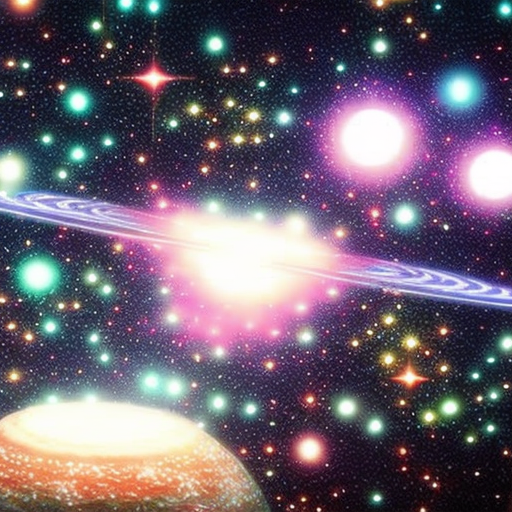
The Enigmatic Antlia: Unraveling the Mysteries of a Dazzling Constellation

Antlia is one of the most enigmatic constellations in the southern hemisphere. It was first introduced by the French astronomer Nicolas Louis de Lacaille in the 18th century and named after a pneumatic machine called the “air pump.” Antlia is located in the southern sky, between the constellations Hydra and Vela, and is visible from latitudes between +45° and -90°.
The Stars of Antlia
Antlia is a fairly dim constellation, with no stars above magnitude 3. However, it contains a few notable stars, including Alpha Antliae, the brightest star in the constellation, and Epsilon Antliae, a binary star system with a faint companion.
Antlia also contains several interesting deep-sky objects, such as the Antlia Dwarf Galaxy, which is a small galaxy about 4 million light-years away from Earth. The Antlia Cluster, a galaxy cluster about 130 million light-years away, is another fascinating expanse of space in Antlia.
The Mystery of Antlia
Despite its relative dimness, Antlia is shrouded in mystery. For astronomers, Antlia remains an enigma as they continue to unravel its secrets.
One of the biggest mysteries of Antlia is its lack of mythology or cultural significance. Unlike many other constellations that were named after animals, mythical creatures or gods, Antlia’s name was inspired by a human-made device. This has perplexed scientists and sky watchers for centuries.
Observing Antlia
To observe Antlia, you’ll need to head to a dark, southern location. The best time to view Antlia is during the winter months, although it can be seen year-round from the southern hemisphere.
You can use a pair of binoculars or a small telescope to view Antlia’s faint stars and deep-sky objects. However, advanced equipment is needed to see more detail, such as the faint companion of Epsilon Antliae or the Antlia Dwarf Galaxy.
Final Thoughts
Antlia may be relatively unknown compared to other constellations, but it is a fascinating area of the sky that is waiting to be explored. With more advanced technology and new discoveries, we may be able to uncover the mysteries that surround this enigmatic constellation.






















